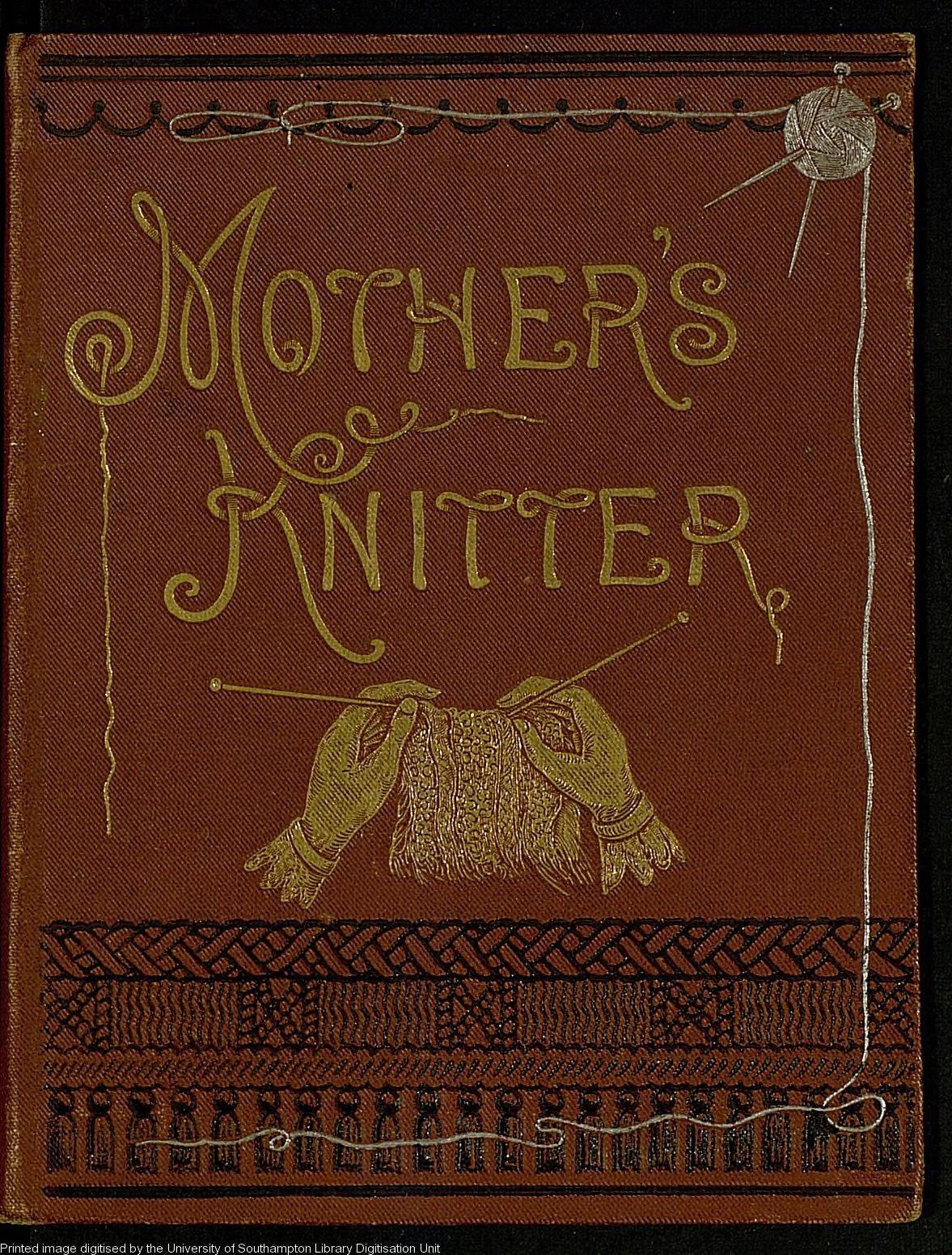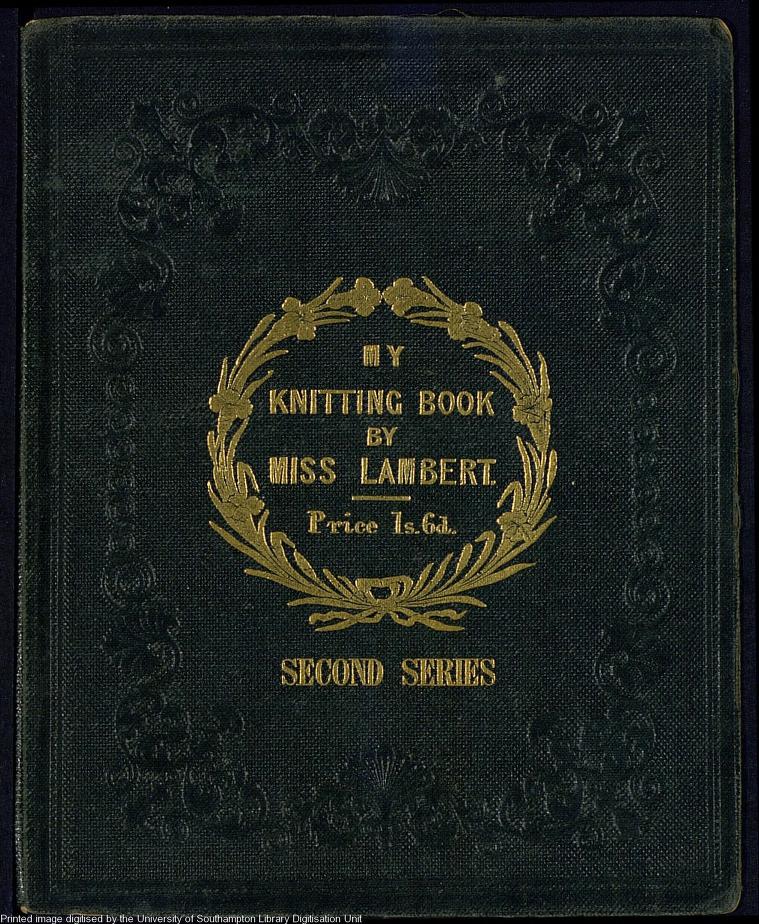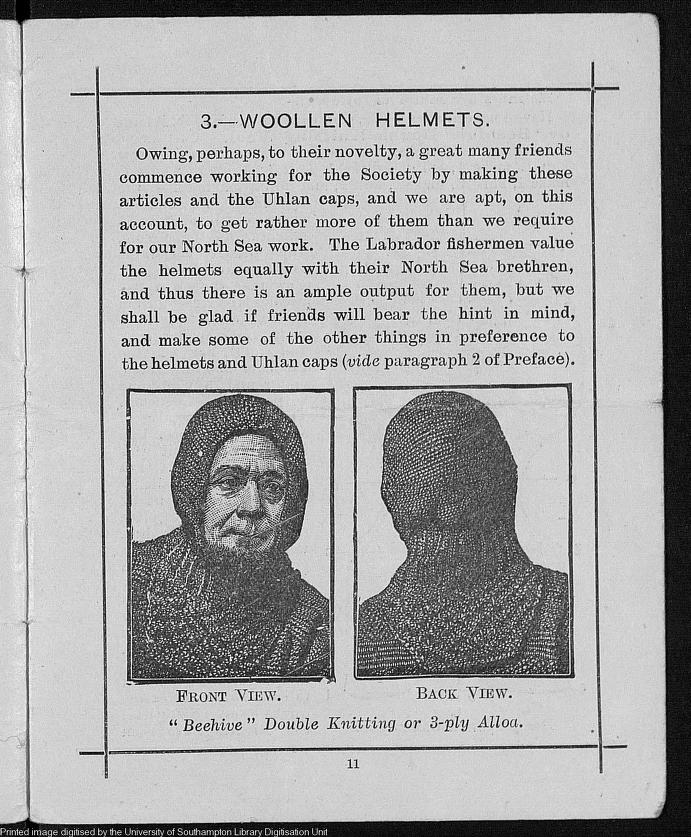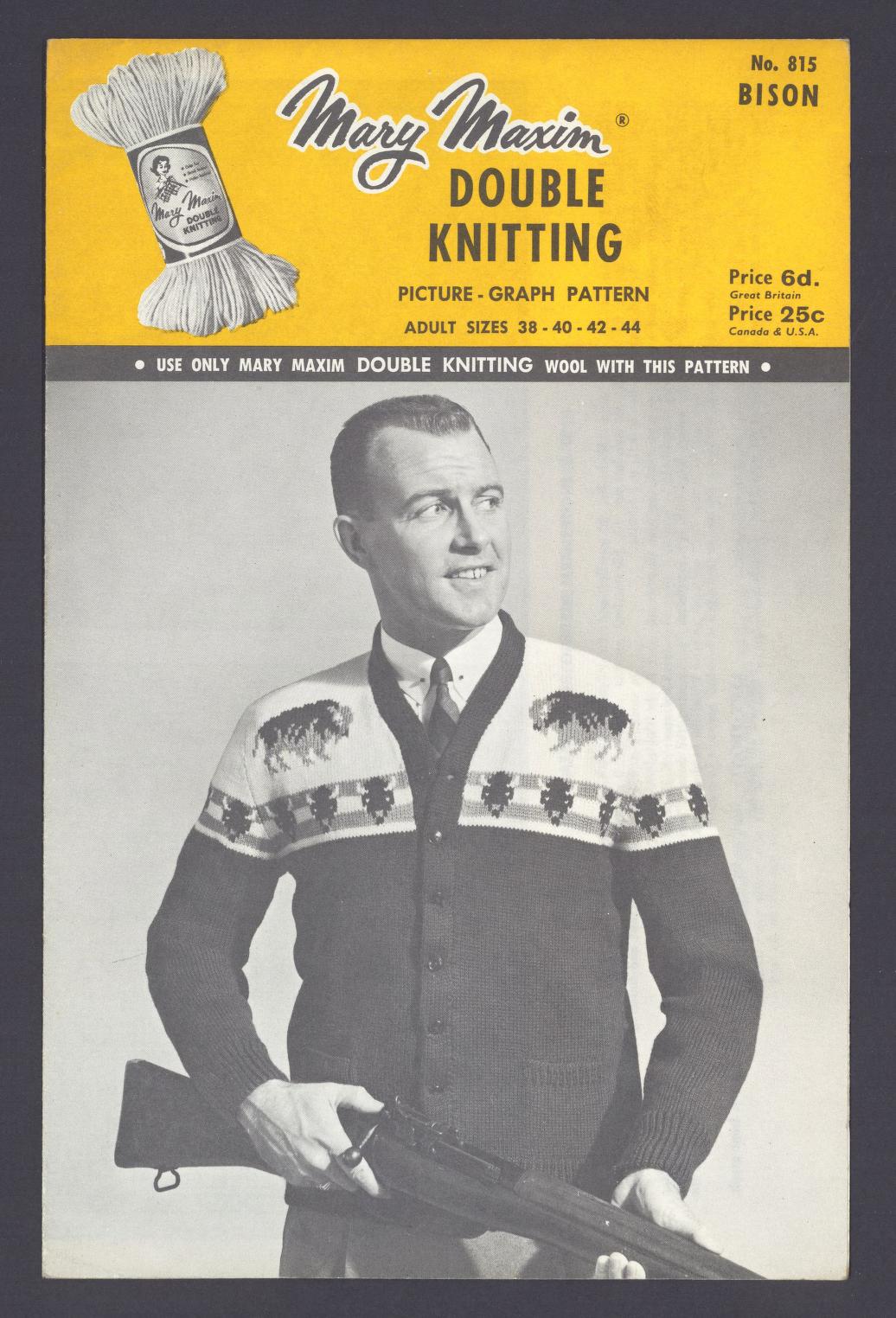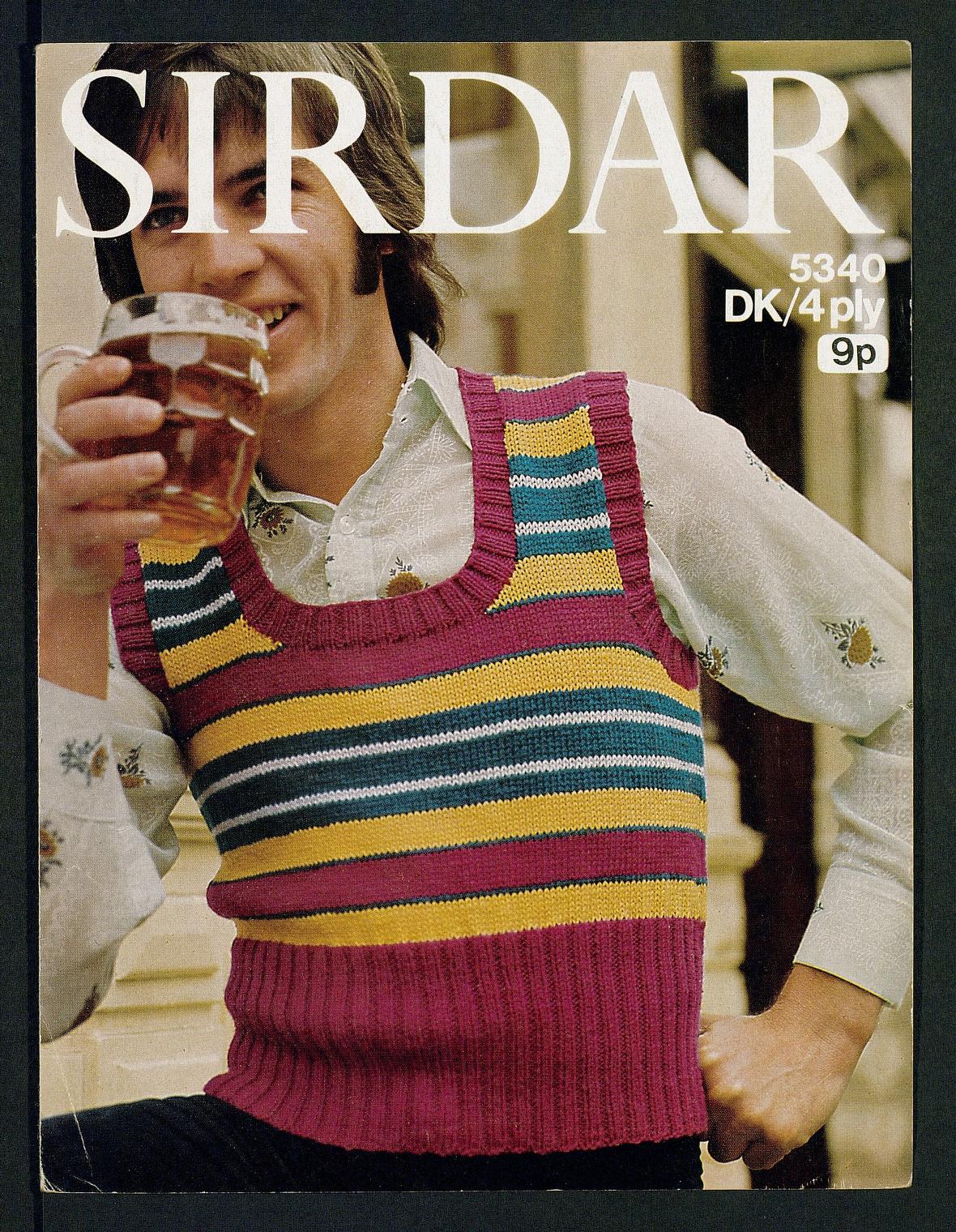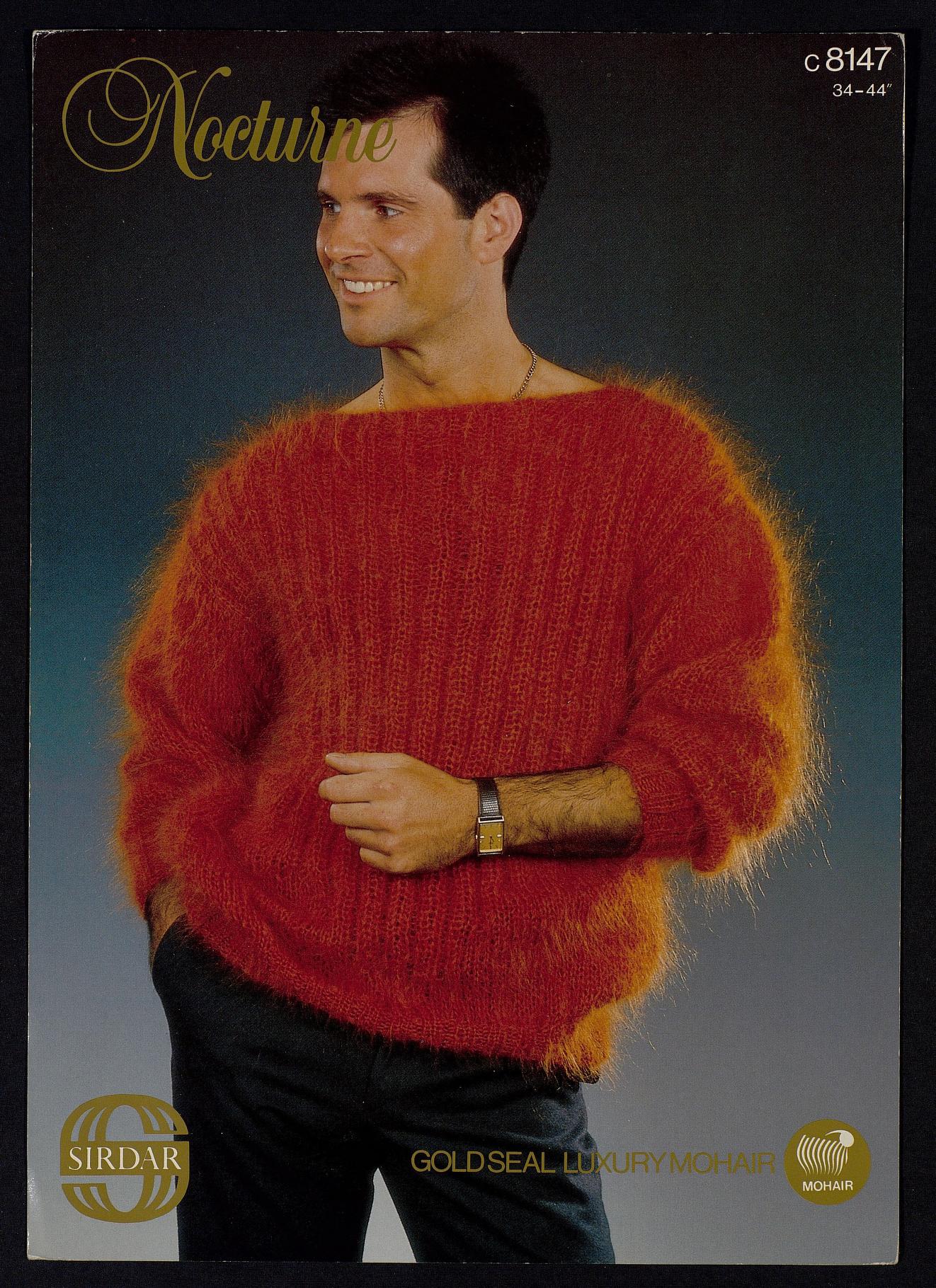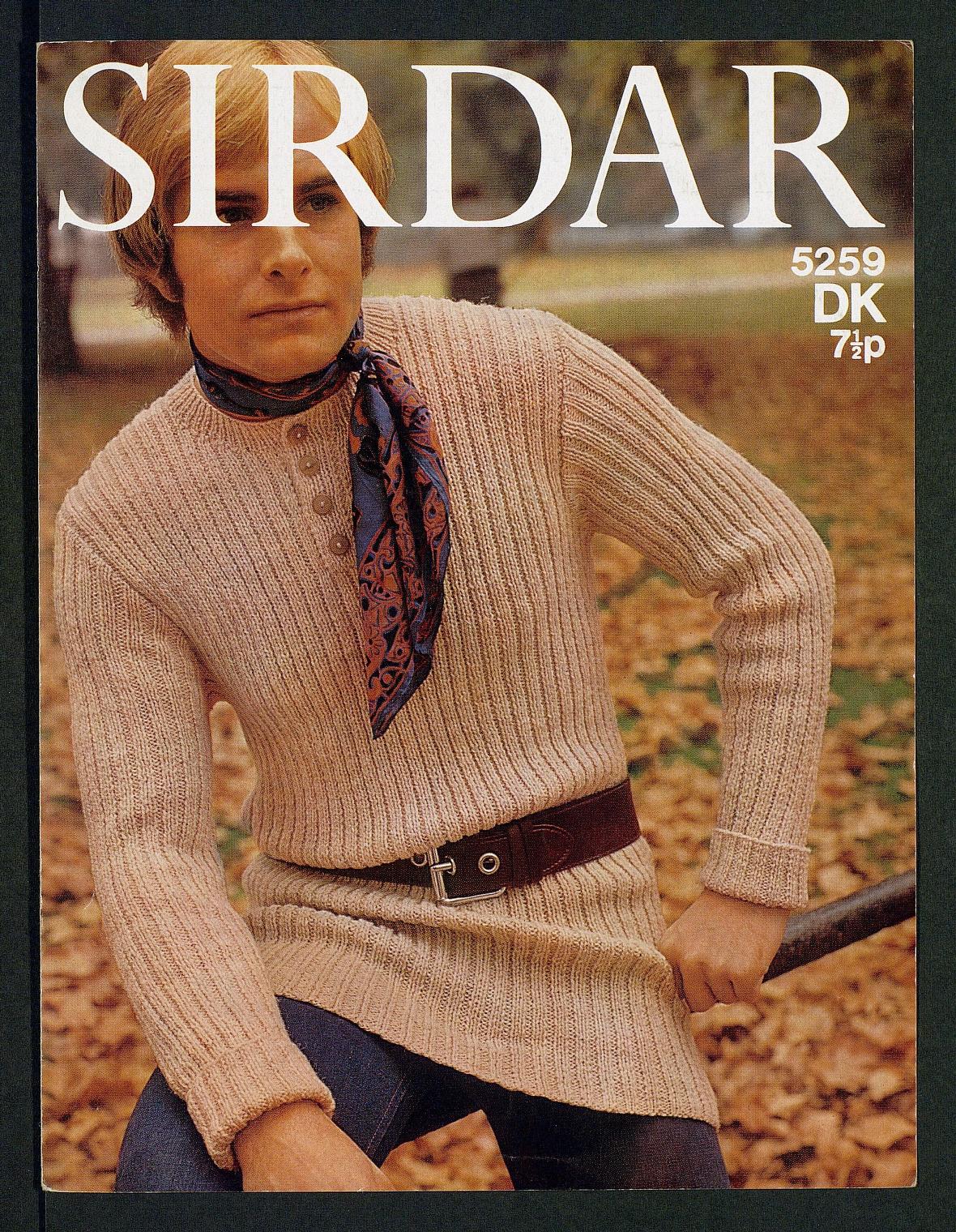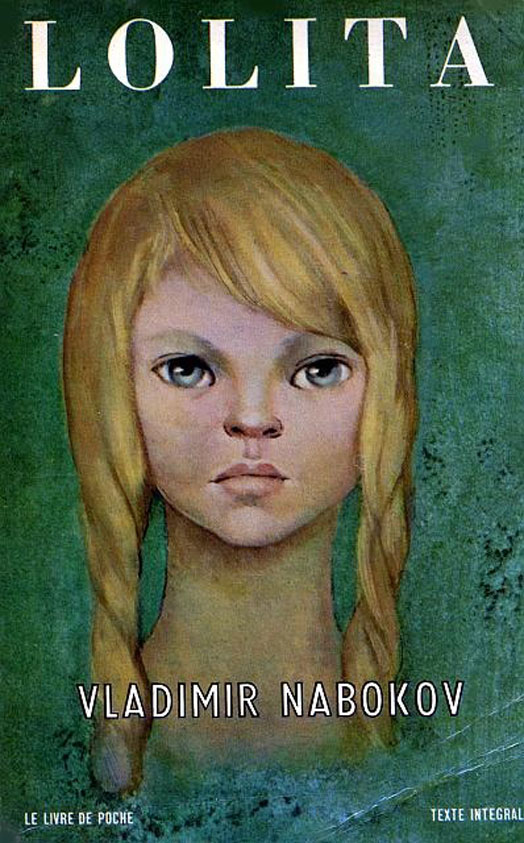“Jam” Handy (1886–1983) was known for two things: 1.) participating in the 1904 and 1924 Olympics (quite a feat if you think about the gap in time), and 2.) making thousands of educational training films for American corporations, schools and the US armed forces. A guru of cinematic advertising, he shot films for General Motors, DuPont, Chevrolet, Coca-Cola and U.S. Steel, from the 1930s through the 1960s.
Above you can watch Back of the Mike, a film shot for Chevrolet in 1938. Like other films in this genre, this piece of cinematic advertising offers us an entertaining, if not educational, look at how old-time radio shows created their sound effects–all while helping market a product, the Chevrolet that helps the good guys win in the end. If the film makes you want to buy a Chevy, we can’t help you there. But if Back of the Mike gives you a hankering to listen to old time radio plays, then you’ve come to the right place. We’ve got a few good items listed for you in the Relateds below.
If you would like to sign up for Open Culture’s free email newsletter, please find it here. Or follow our posts on Threads, Facebook, BlueSky or Mastodon.
If you would like to support the mission of Open Culture, consider making a donation to our site. It’s hard to rely 100% on ads, and your contributions will help us continue providing the best free cultural and educational materials to learners everywhere. You can contribute through PayPal, Patreon, and Venmo (@openculture). Thanks!
Related Content:
Free: Listen to 298 Episodes of the Vintage Crime Radio Series, Dragnet
The Original 1940s Superman Cartoon and the Original Radio Show


